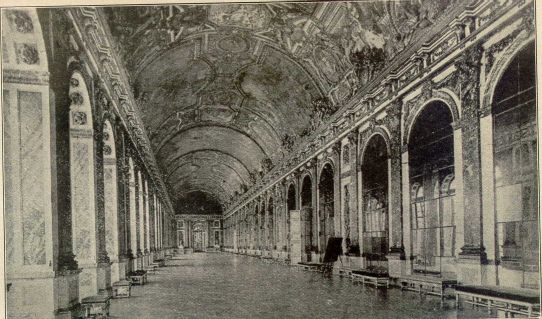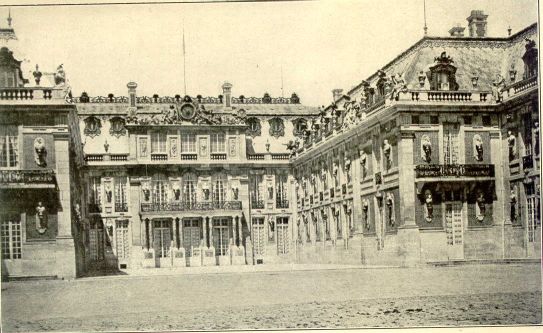Seventeenth Century
The 17th Century and the Modern Age of Engineering
In the history of project management this period was dominated by the Europeans racing to colonize the world. Magellan’s round the world voyage confirmed the size of the world and opened the door to the unknown. New manufacturing techniques dropped the cost of a sheet glass and glass is widely incorporated into new building constructions. The late 16th and 17th Century saw the birth of First Scientific Revolution and sees the field of optics, and atmospherics emerge, which spawns the first phase of Modern Engineering and its influence on Project Management. There is the formation of professional societies, printing of treatise on engineering subjects in quantity, engineering schools, and specialization within the profession, and engineers began to take advantage of the brilliant scientific discoveries of the time. Developments in Mathematics and Physics allowed scientific and mathematical calculation that predicted potential empirical outcomes, so the forces in a strucure could now be calculated based on the materials used. This had a significant impact on Project Management as risk could be better managed, and costs and schedule more accurately estimated and controlled.
"The first phase of modern engineering emerged in the Scientific Revolution. Galileo's Two New Sciences, which seeks systematic explanations and adopts a scientific approach to practical problems, is a landmark regarded by many engineer historians as the beginning of structural analysis, the mathematical representation and design of building structures."
Source: History of engineering; http://www.creatingtechnology.org/history.htm#1
|
Large projects were now more likely to be sponsored by the crown and state, rather than the church which was undergoing dramatic reforms provoked by the Protestant Reformation and indirectly by the St. Peter's Basilica project. In Europe powerful monarchies, firmly believing in the divine right of kings, stamped there authority through large scale projects that construct extravagant palaces. Louis XIV of France wanted a palace where he could organize and completely control the government of France by absolute personal rule. It was a straightforward project charter to build the largest palace in Europe with a clear political purpose of establishing the power of the king of France over the French nobility. It was a massive construction project unparalleled in its expense and the transformation of the immediate environment around it, not with just monumental gardens but whole villages. The palace was built but not planned over four phases. By the third phase there were over 36,000 laborers and craftsmen, and 6,000 horses, an astounding workforce for its time. The project was completely out of control because its principal stakeholder, the egomaniac Louis XIV, just kept expanding the project, its scope, and disregarding the budget by directly meddling in it. The flagrant disregard for governance by the king reflected the supreme power he held. Colbert his finance minister was given accountability for the project but he gave up. There was an obsession over the control of everything. The project dragged on for over 50 years. But it was truly significant in that it precipitated a disaster with the French revolution. Ironically, the Palace of Versailles was widely copied around Europe and a chateau building competition began between the European monarchs which saw the building of the White Palace Czar in St. Petersburg, Russia. |
|



